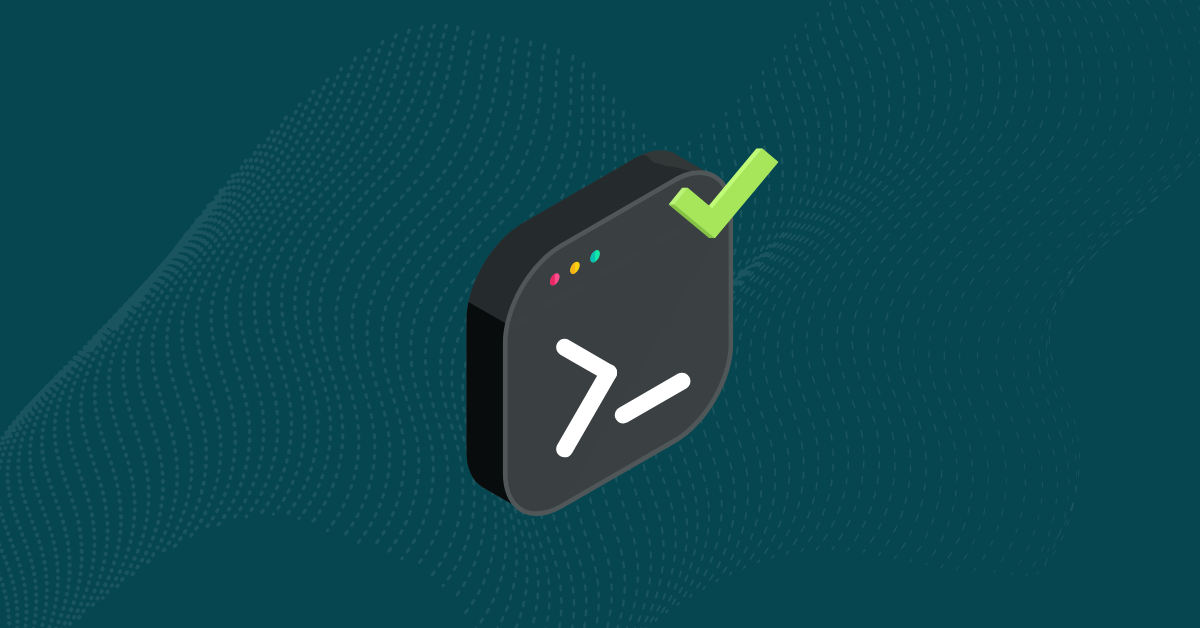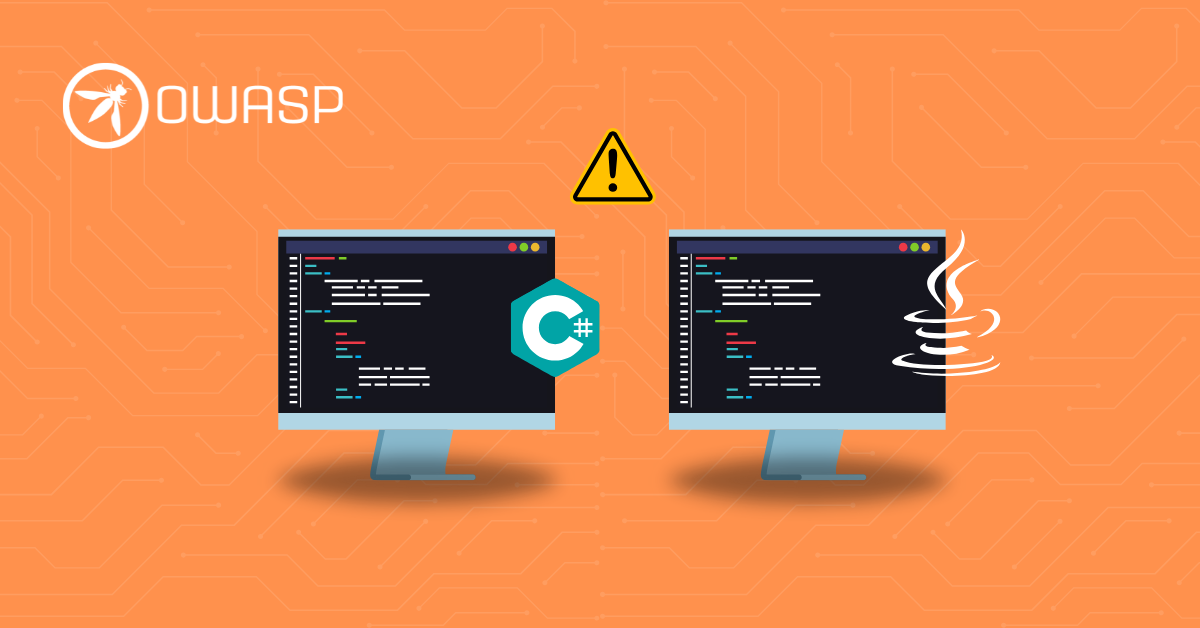

The landscape of digital security threats is ever-changing as hackers get more cunning and harder to stop. However, staying aware of OWASP vulnerabilities and understanding some of the most common security threats that make their list will help you keep your application safe from cyberattacks.
Industry experts update the OWASP top 10 security vulnerabilities every few years to help developers keep up with possible threats to their applications. However, there are a few repeat offenders among the most common open-source security vulnerabilities in Java, C#, and beyond. These are the web app security vulnerabilities that often appear in OWASP’s top 10—even with occasional updates.
Injection flaws occur when an attacker sends untrusted data to an interpreter as part of a query or command. This dangerous data can trick the interpreter into performing unintended commands or accessing sensitive data without permission.
These are the most common inroads attackers use to infiltrate applications with injection flaws:
Authentication and session management functions are prone to being implemented incorrectly. This security lapse makes it easier for attackers to compromise session tokens, keys, and passwords—or worse, to exploit other implementation flaws and spoof other users.
Kiuwan’s application security rules make it easier to avoid basing your app’s security on DNS names. Since DNS servers are particularly vulnerable to attacks, these rules make it harder for attackers to redirect your network traffic or spoof IP addresses to make them look like part of your domain.
This is a relatively new category of security vulnerabilities. It’s a byproduct of the industry’s relatively lax attitude toward threat modeling, and it makes it easier for attackers to leverage many of the other vulnerabilities on this list.
Addressing insecure design requires development teams to adopt a proactive approach to security and use the DevSecOps methodology to protect their applications.
This is the source of many high-profile cyberattacks. Since the majority of applications rely on at least some open-source components, the chance of them being the source of a data breach or security issue is never zero.
Using software security testing tools like Kiuwan makes it easier for development teams to detect potential vulnerabilities in open-source code. Kiuwan’s software composition analysis tool can help you determine the level of potential vulnerabilities in each component so you can take a proactive approach to application security.
Security misconfiguration vulnerabilities have become more commonplace in recent years. This may be because many development teams believe they don’t have the time to focus on configurations during tight development cycles. However, defining, implementing, and maintaining secure settings beyond the default can prevent hackers from leveraging them.
Another best practice is to generate server-side cookies with adequate security properties. This can prevent script attacks on some browsers and keep attackers from using scripts to steal session identifiers.
Failure to properly log and monitor an application’s activity has been a persistent issue for developers for several OWASP vulnerability cycles. It often comes down to a lax security posture, especially between patch releases.
The easiest way to prevent and address multiple types of attacks is to consistently log and monitor activities and changes in your application. It also allows you to react to possible attacks faster so you can reduce your app’s surface area and mitigate potential vandalism and data breaches.
Many web applications and APIs don’t properly protect the data they store. Common low-hanging fruit includes financial information, healthcare data, tax IDs, or even usernames and passwords. Attackers can easily steal or modify poorly protected data to commit credit card fraud or multiple types of identity theft.
Encryption at rest and in transit can help prevent these issues, as can using server-side cookies with proper security properties.
On top of knowing about the most common and riskiest security risks, it’s also helpful to take proactive steps toward protecting your application’s code overall.
Code obfuscation is a baseline form of app protection. Using specialized obfuscation tools like Dotfuscator adds layers of security to your application so your code is harder for hackers and their decompilation tools to understand.
Using functionality testing tools like Ranorex makes it easier to strike a balance between keeping your website usable and maintaining a good security posture. You can use its software testing capabilities to minimize the amount of unnecessary code that increases your attack surface area.
Even more, it can help you ensure that your application works across browsers and platforms—without sacrificing capabilities or features.
By conducting software composition analysis on your app, you can more easily find and check the safety and functionality of your application. Software composition analysis tools make it easier to automatically find known vulnerabilities and resolve them.
Static code analysis is the process of examining your code early in the development lifecycle to find vulnerabilities—no matter if it’s proprietary or open-source code. This makes it easier to detect possible security flaws within your app’s source code. Using programs like Kiuwan can make it easier to implement and automate this process so you can correct potentially problematic code.
Static code analysis helps with early bug detection, improves your code quality, and strengthens your app’s security posture overall.
See for yourself how Kiuwan’s suite of application security testing tools can make your app safer for users and developers alike. Request a free demo to see Kiuwan in action.


